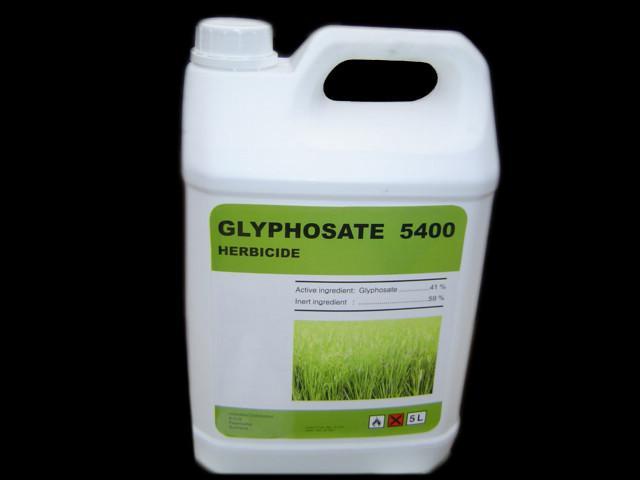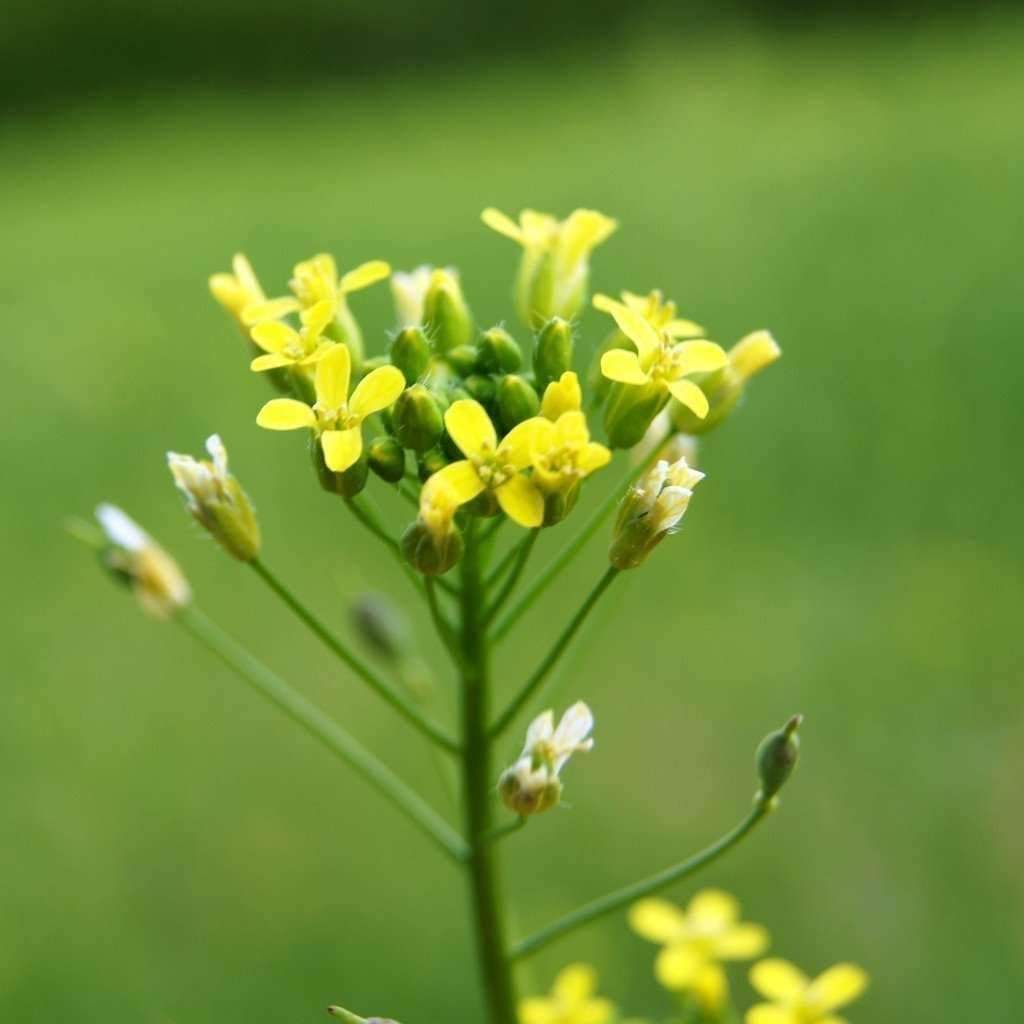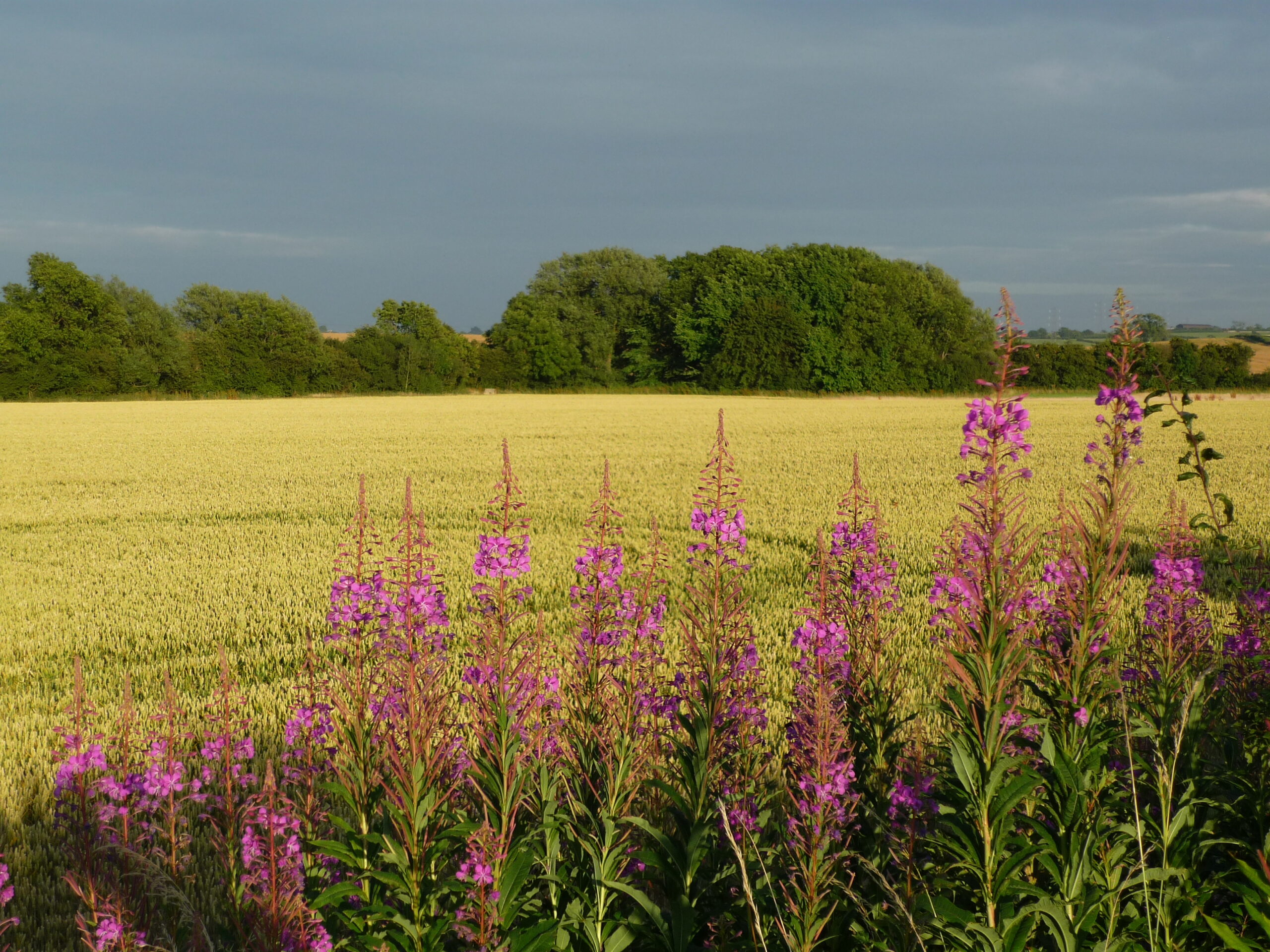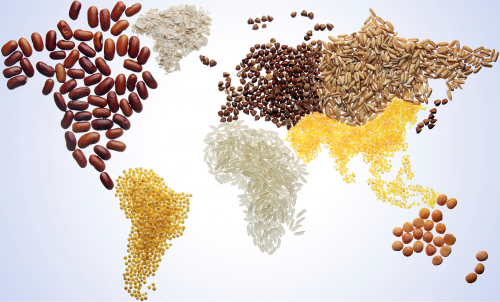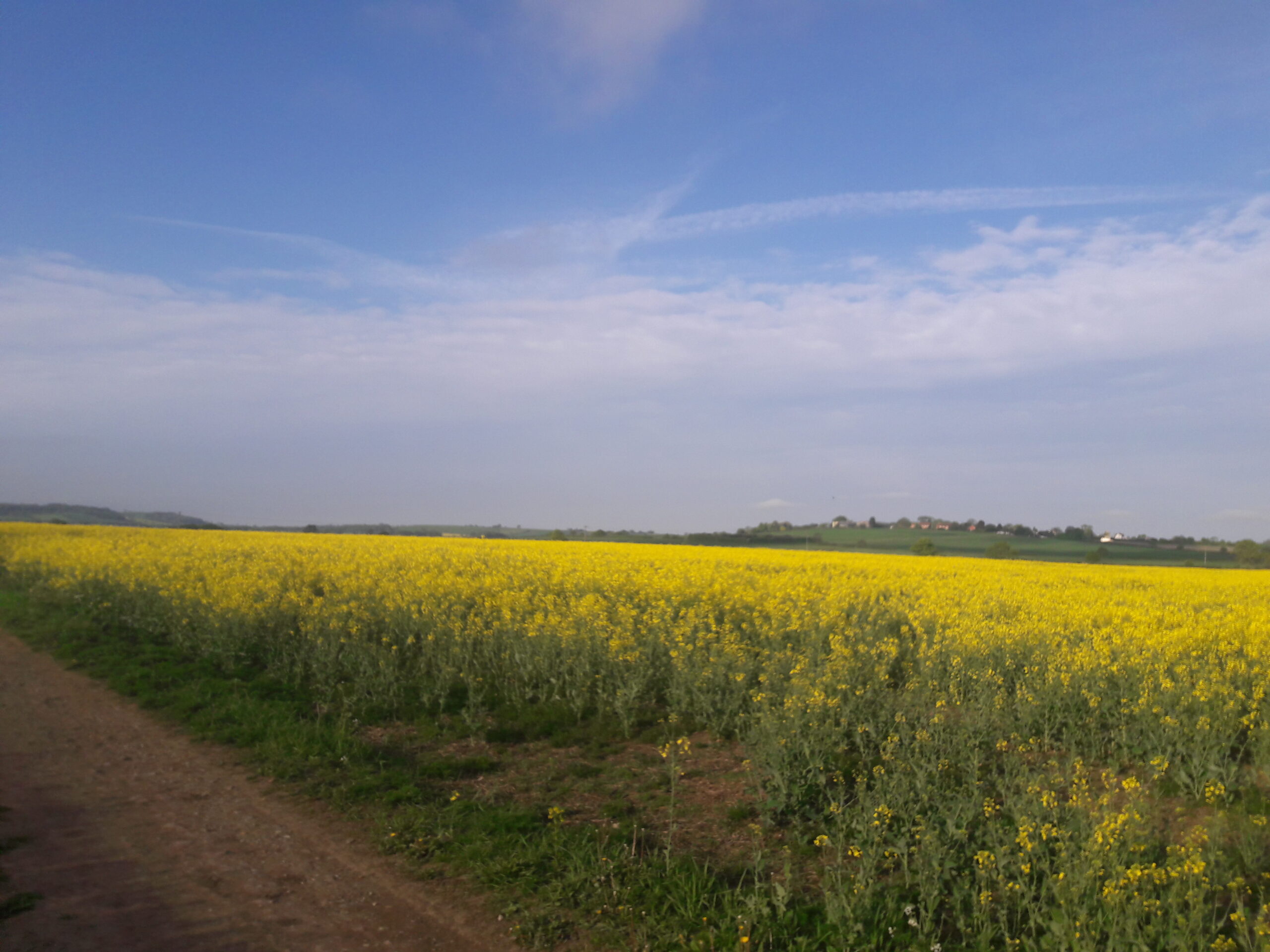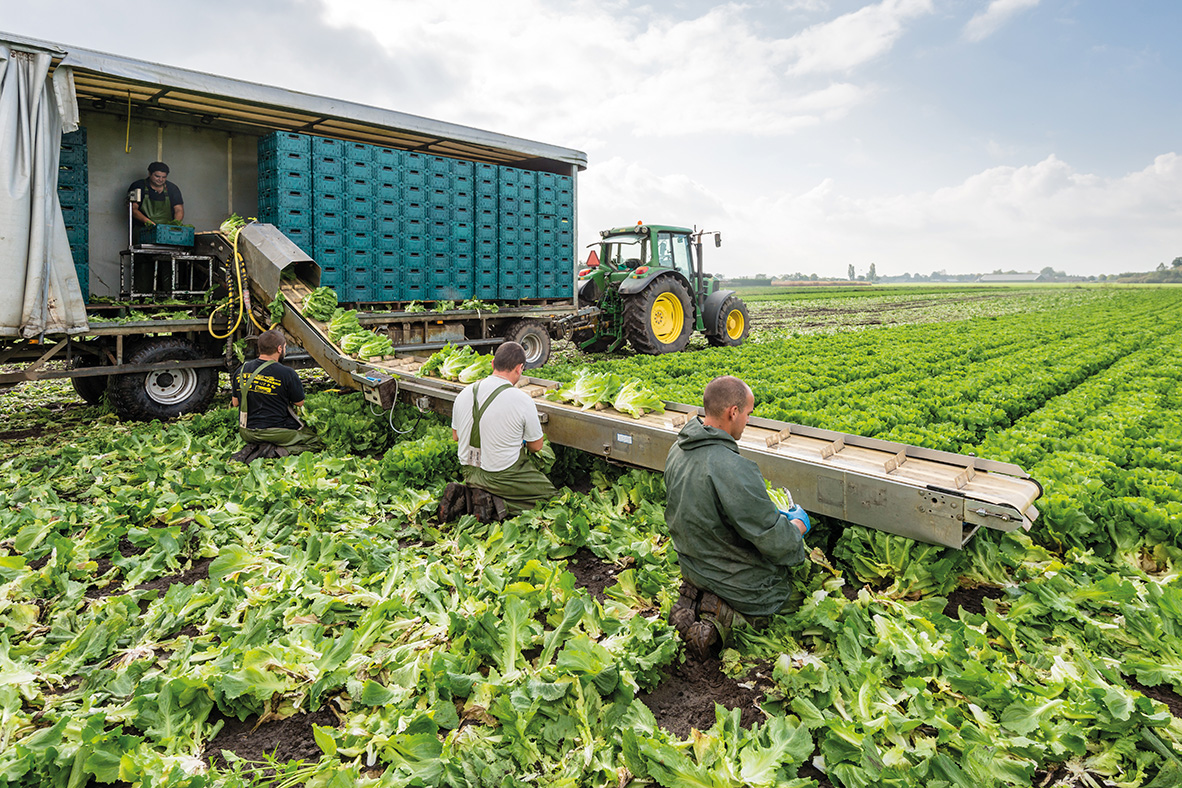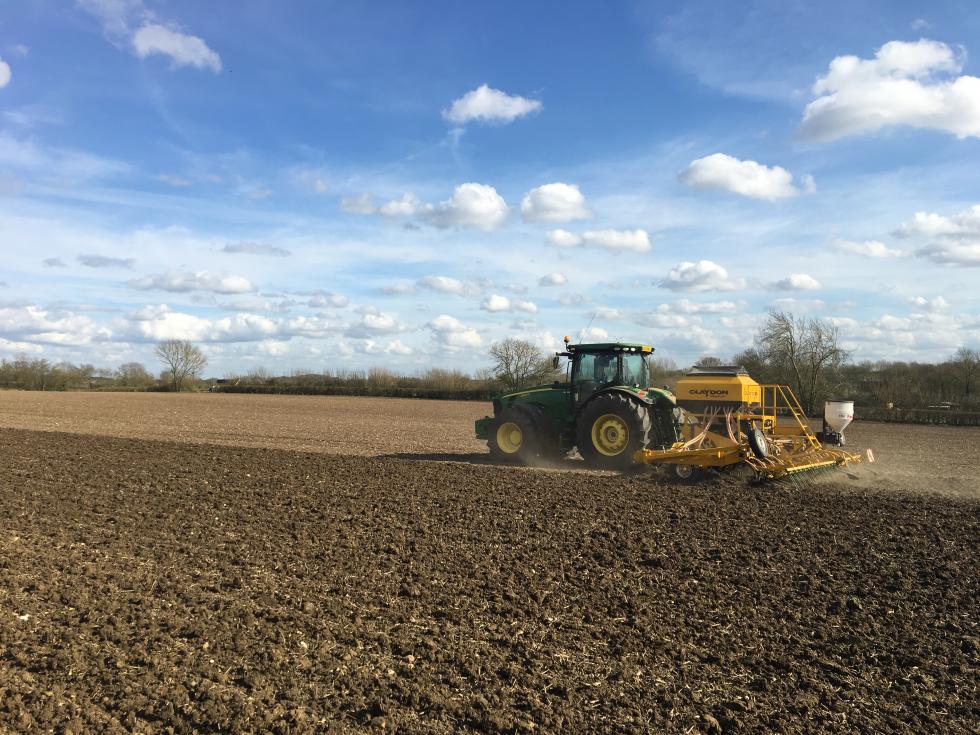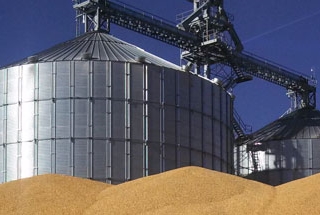Old Crop
Towards the end of the wheat marketing season, the impact of the fundamentals of grain supply and demand change, with some taking on greater impact, others less. Firstly, the increasing amount of information over the emerging new crop overtakes the dwindling and ageing information about the remaining old crop, increasing the impact from new crop fundamentals. Secondly, the volume of new crop wheat being traded, which is rising all the time surpasses the declining volumes traded of old crop. This accelerates when the last old crop futures market expires as is the case now as we enter May (having entered the notice period for physical delivery of the underlying good). Market fluidity also declines considerably when futures markets are not available. The technicalities of closing the held contracts becomes a physical issue either having to physically deliver them or close the position.
This year, domestic wheat consumers are buying no more than ‘pipeline stocks’, as they are fully aware of the considerable discount (£16 per tonne) that exists between old crop and new crop, and that the price between the two crops must converge at some point. On the back of the previous paragraph, they are aware of the forthcoming downside to the grain market; if physical grain will have to come out of the stores to honour the futures contracts already held, then this will prove a bearish factor on a thin and technical market meaning prices are likely to fall from here. Indeed, the value of wheat has fallen over the month and this will probably continue. It could well be time for long-holding farmers to sell the remainder of what they have in their barns.
New Crop
Rain in the UK has been gratefully received, but for most parts, its not enough. However, analysts are reporting good crop conditions throughout the world and large global areas of wheat. High levels of planted wheat in Canada and the US, and rainfall in the EU has raised crop expectations this month compared with last. Speculators and funds are holding a considerable short position (i.e. the have sold what they don’t own, expecting the value to fall so they can buy them back cheaper). It is maybe no surprise that the new crop is considerably lower priced than old crop.
Demand for feed barley has faded since Easter as the warm weather has provided a welcome burst of grass for the livestock farmers. Coupled with this, many farmers have used Easter to clear their remaining unsold grain, placing downward pressure on feed barley values. Volumes of export sales are small, and short term, as nobody is clear what tariffs will be charged on sales after Brexit.
Oilseed Rape prices have held up well in the UK this month partly on the back of a weakening Sterling. The underlying market, the US soybean market has fallen sharply, despite reduced forecast crop areas, and expectations of a resolution of the US/Chinese trade dispute that has been taking place in recent months. Despite the UK OSR crop looking pretty poorly (see other article), globally the oilseed crops are in better fettle. OSR is not a price setter itself as volumes are comparatively small compared with other vegetable oils such as soy bean oil.
The old crop Pulse market is now effectively over, and thoughts are now on the emerging new crop in the ground.
